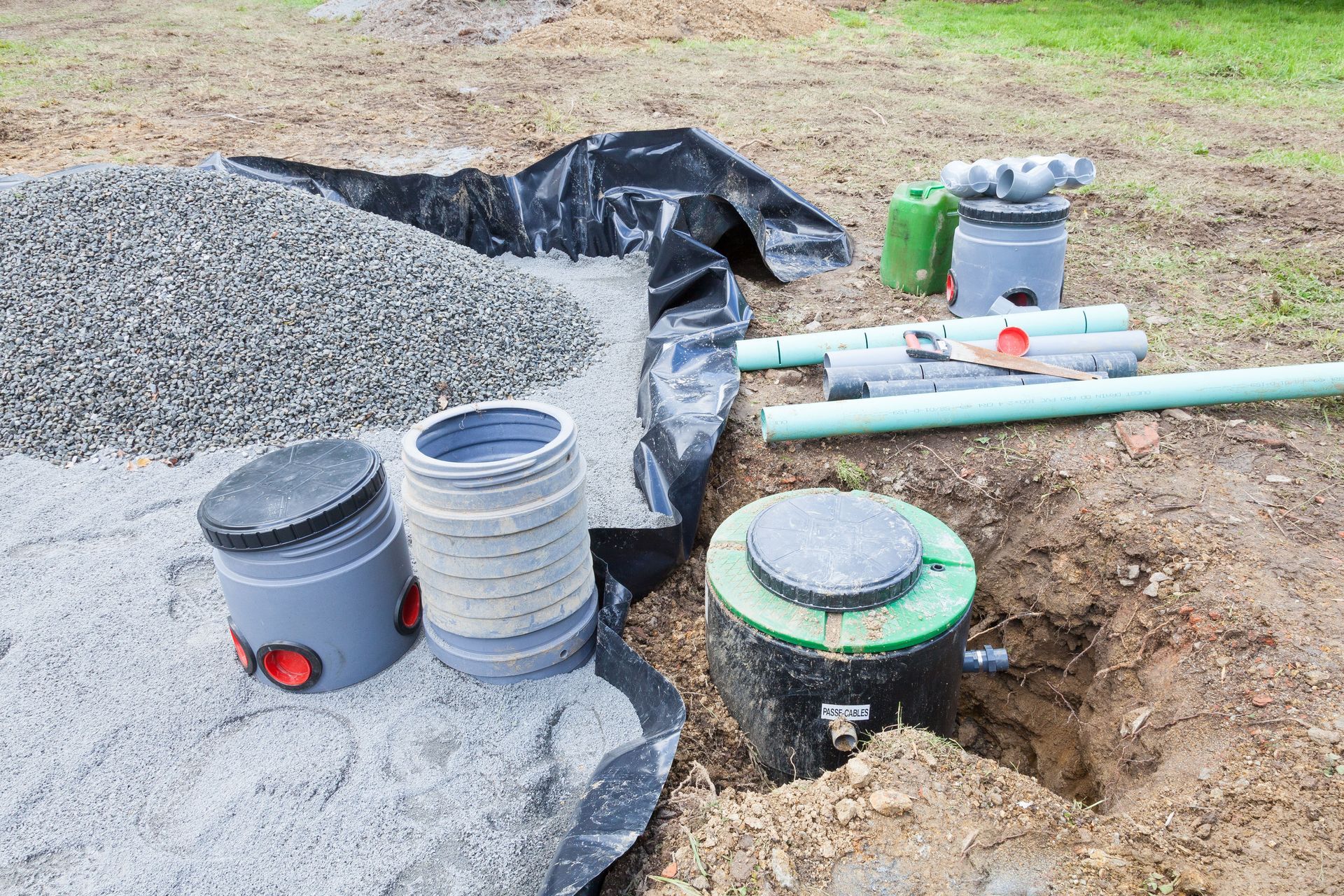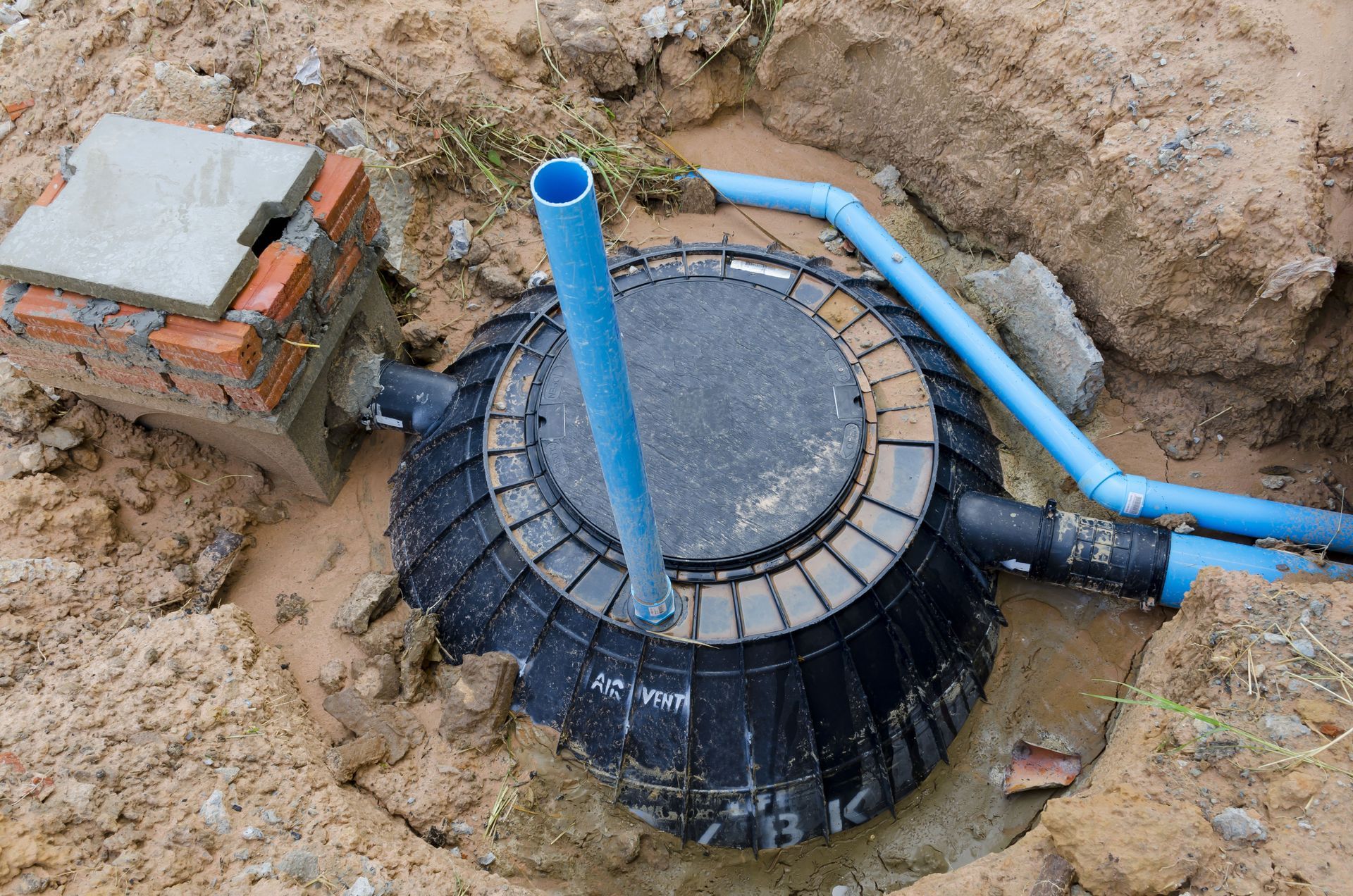7 Signs Your Septic Tank Needs Pumping
Regular maintenance of your septic tank is crucial to ensuring your home's waste management system functions smoothly. Ignoring the warning signs of a full septic tank can lead to costly repairs, unsanitary conditions, and environmental hazards. Recognizing these signs early can prevent such issues, prolong the life of your system, and maintain a healthy home environment.
Septic systems require attentive care, much like any other system in your home. By understanding the indicators that suggest your septic tank may need pumping, homeowners can take proactive measures to address problems at an early stage. Regular inspection and timely septic pumping are vital, as failure to do so can result in significant and expensive damage.
According to the Environmental Protection Agency (EPA), septic tanks should usually be pumped every three to five years. This interval can vary based on household size, water usage, and the specific needs of the system. Staying aware of the symptoms of a full tank allows you to prevent disruptions and maintain efficiency in your wastewater system.
1. Slow Drains
Slow drains are often one of the first signs that your septic tank may need pumping. This issue arises due to the accumulation of solid waste in the tank, reducing its capacity to handle wastewater efficiently. As waste builds up over time, there is less space available for new waste, leading to a slower flow. This can be worse in households with high water usage or older septic systems. Consequently, the plumbing system experiences a bottleneck, where wastewater cannot evacuate at its intended speed.
It's crucial to differentiate slow drains from regular clogs. While typical clogs are localized and usually affect just one drain, slow drains due to a full septic tank often impact all drains in a home. Homeowners may notice accumulating water in showers, sinks, and drains emptying slower than usual. The continuous signs across various fixtures suggest that intervention is necessary at the source: the septic tank.
Persistent slow drains can signify significant pressure on the plumbing system, leading to leaks or damage to pipes if left unaddressed. To address this issue, immediate attention is crucial to prevent escalation, potentially involving professional inspection and septic pumping.
2. Sewage Backup
Sewage backup is an alarming sign that requires immediate action as it poses health hazards and can lead to property damage. This occurs when wastewater has no room to move in the tank due to overfilling, causing a backup into the home. Signs of a backup include the presence of sewage in toilets, sinks, or drains. Homeowners may also notice wastewater escaping from external sewer lines or showing up in the yard.
Being able to identify a sewage backup quickly is crucial in maintaining both safety and sanitation within the home. Basement drains, toilets, and sinks are often the first places to reveal problems. Sewage smells are also immediate indicators of such a scenario. Recognizing these signs promptly helps avoid exposure to harmful bacteria and the potential spread of contaminants.
Once a backup is detected, the water supply should be turned off, and a professional septic service should be contacted. Clean-up must follow strict safety protocols to remove contamination. For long-term prevention, regular inspections and timely septic pumping every three to five years are essential.
3. Foul Odors
Foul odors emanating from drains or around the home can be unsettling and are indicative of septic system issues. These smells are generally the result of gases like hydrogen sulfide being released when the tank is full. The odor is typically reminiscent of rotten eggs and may be stronger near the tank or external drains. Recognizing these smells as a warning sign can prompt early intervention.
Septic odors can arise from leaks, overfilled tanks, or drainage problems. They may also result from the improper breakdown of waste due to insufficient bacterial action, exacerbated by limited tank capacity. Assessing whether the odor is constant or intermittent can help distinguish between typical system venting and problematic conditions.
4. Standing Water
Water pooling in unexpected areas, especially over the drain field, may indicate that the septic tank is full. Standing water often occurs when the effluent is not effectively processed and absorbed into the surrounding soil. This could result from soil saturation or blockages in the drain field. Excess water on the lawn's surface signals that the septic tank or drainage system is overwhelmed.
Diagnosing the source of standing water helps determine whether septic pumping is needed. If pooling occurs after heavy rain, it may not be a major concern. However, persistent standing water indicates a deeper issue with the septic system's ability to process effluent. Issues such as root intrusion, compressed soil, or drainage blockages could be the cause.
The effects of standing water extend beyond septic concerns, influencing lawn and landscape health. Excess moisture can lead to rotting plant roots, nutrient leaching, and muddy conditions that damage grass. When significant standing water persists, professional evaluation and possible septic pumping should be prioritized.
5. Lush, Green Grass Over Drain Field
While lush green grass may seem desirable, especially over the drain field, it's often a warning sign of a full septic tank. Excess nutrients from waste seep into the soil, fertilizing the grass and promoting rapid growth. Such nutrient overdose indicates inefficiency in processing waste or that the tank is overdue for pumping. The green patches are noticeable compared to the surrounding lawn, signaling an imbalance.
These green patches may also indicate a leak or blockage, causing improper waste distribution. Homeowner observation can help determine if lush growth correlates with other septic issues like odors or slow drains. Monitoring the drain field regularly ensures balanced nutrient distribution and identifies inefficiencies early.
6. High Nitrate or Nitrite Levels
High nitrate or nitrite levels in nearby water sources can indicate a malfunctioning septic tank. These compounds, originating from waste decomposition, can seep into groundwater if the system is compromised. Homeowners can test water quality using kits from environmental agencies or private distributors. Regular testing ensures that issues are identified early, preventing pollutants from impacting water safety.
Elevated nitrates or nitrites pose health risks if they infiltrate drinking water sources. Consumption can cause methemoglobinemia in infants and interfere with oxygen distribution in the body. Recognizing these risks compels homeowners to maintain efficient septic systems and prioritize maintenance protocols.
Routine maintenance, including septic pumping, enhances filtration capabilities and reduces the risk of nitrate infiltration. Improvements to system components, such as baffles and drain field integrity, are also key.
7. Time Since Last Pumping
Even without visible warning signs, simply knowing how long it has been since your last service can help determine when to act. If it's been more than three to five years, the EPA strongly advises that septic pumping be scheduled to avoid future problems.
Many homeowners overlook this simple guideline until symptoms become more severe. By marking your calendar or setting reminders, you can stay ahead of potential issues. A proactive approach ensures your septic system continues operating effectively without surprise breakdowns.
Recognizing the signs that your septic tank needs attention is crucial to maintaining a functioning and efficient waste management system. From slow drains and sewage backups to foul odors and unusual lawn patterns, these indicators provide valuable insight into the condition of your system.
By staying vigilant and scheduling routine inspections and septic pumping, homeowners can prolong system life, avoid costly repairs, and protect both health and the environment. For professional service and reliable solutions, contact Hambone Plumbing and Septic Pumping today to keep your system running smoothly and your home safe.






Share On: